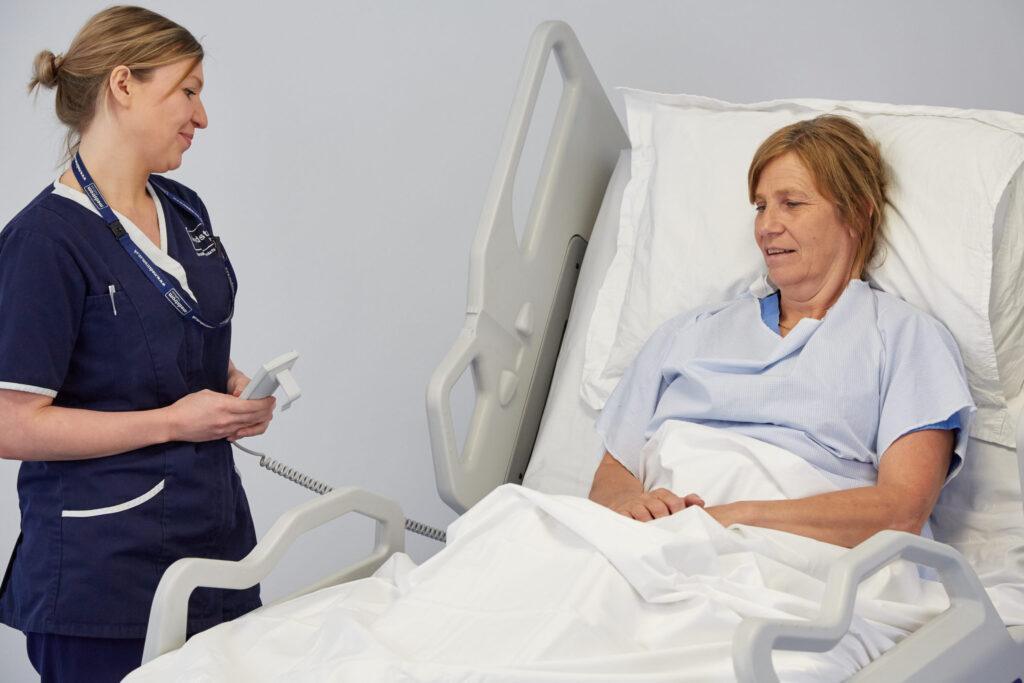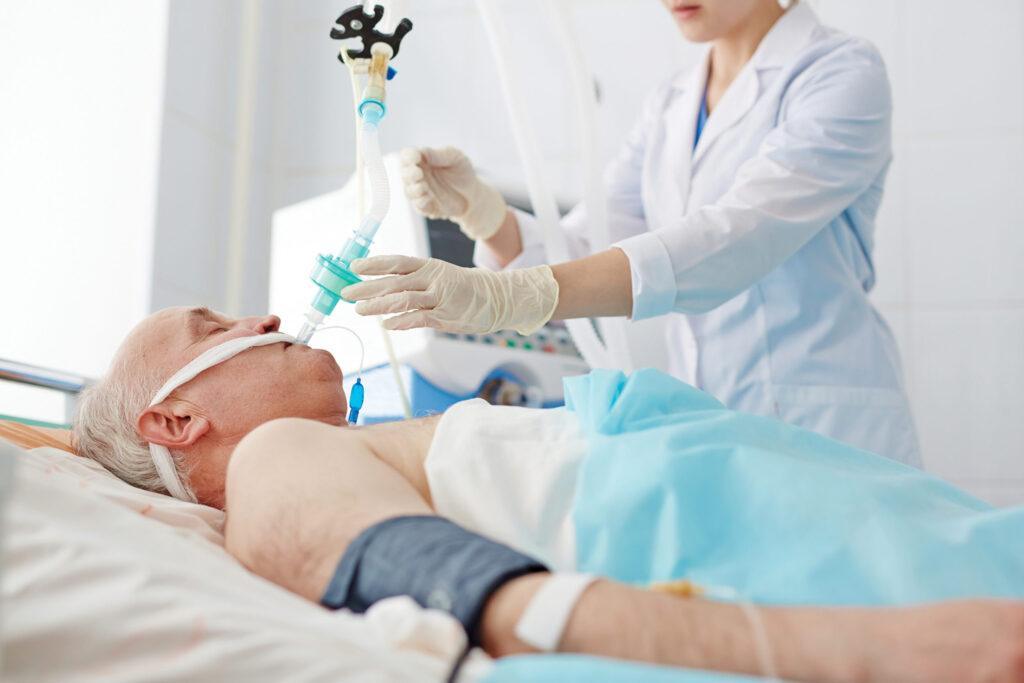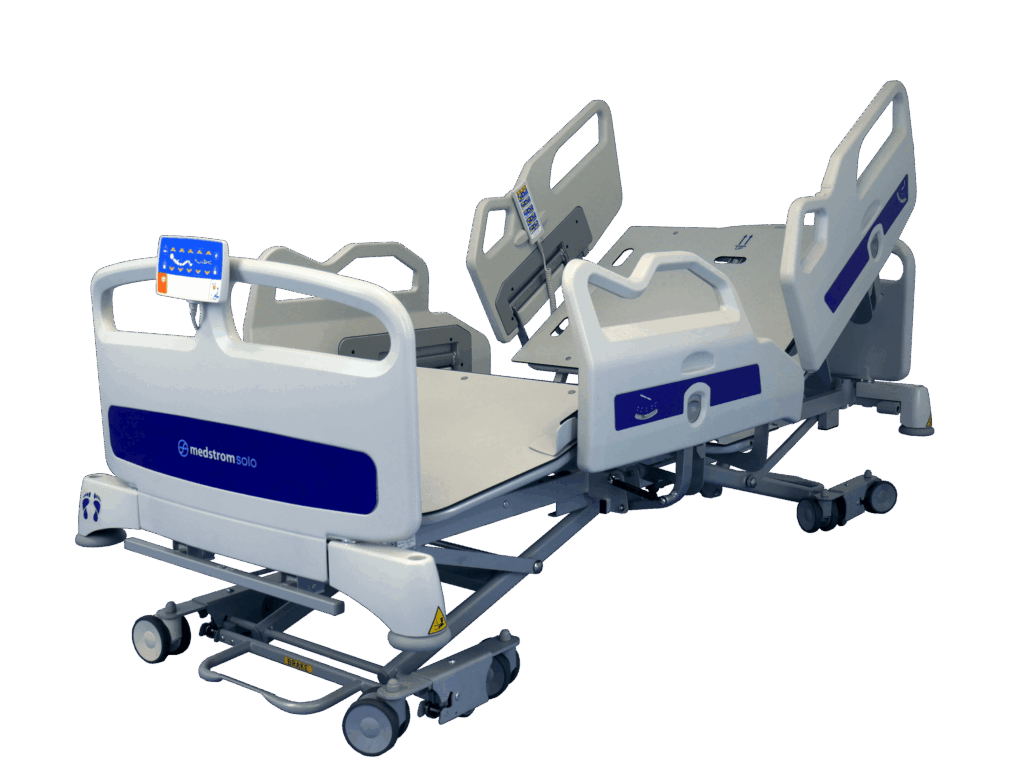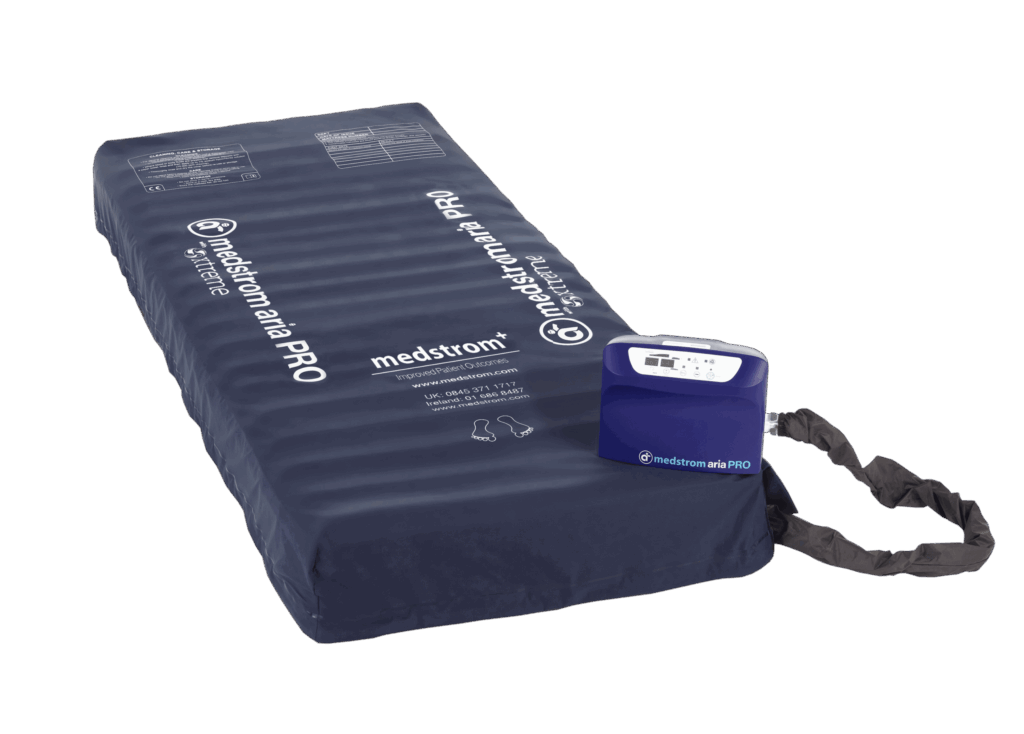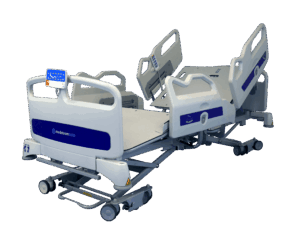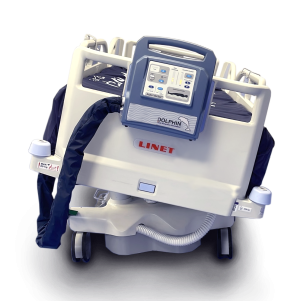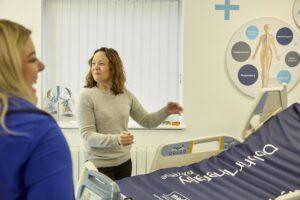
Management of Immobility in the Elderly
Historically, bed rest was thought to be best practice to aid recovery and facilitate the healing process in the body. It wasn’t fully recognised until the 1950s / 60s that the human body has evolved to function optimally in the upright position, not the supine position. Over time, research has highlighted the issues that patients develop when experiencing periods of immobility.
Click here for a brief summary of the complications of immobility in the elderly.
Click here for a detailed series of the complications of immobility.
Reduced mobility is extremely common amongst elderly hospital patients. Illness, an unfamiliar environment and anxiety all contribute to the problem. For some, reduced mobility is a long-term issue, exacerbated during hospital admission.
Effective management of immobility in the elderly is extremely important for their physical and mental well-being, and for their recovery. It’s therefore vital that elderly patients are mobilised as early as possible during their hospital stay.
The patient’s bed is central to hospital life and utilising it for promoting mobility should be a priority. Some of the ways that this can be done are listed below:1,2
- Raising the backrest from a supine to upright position increases heart rate and stroke volume which then has a positive impact on blood flow and redistribution. It also increases lung expansion for better oxygenation and movement of secretions to prevent chest infections.
- Bending the knee-break prevents the patient from sliding down the bed, reducing pressure, shear and friction on the skin and therefore reducing pressure ulcer risk.
- A cardiac chair position achieves the above benefits, plus gives gravitational advantages such as better urinary tract drainage which in turn helps to prevent stasis and infection. It also gives an important psychological boost to the patient, as a sitting position feels more natural during waking hours. Eating and drinking are easier in a chair position, helping to improve hydration, nutrition and gut motility. Improved hydration can correct fluid and electrolyte imbalances and reduce blood viscosity, reducing the risk of DVT / PE. Improved nutrition promotes healing and increased gut mobility helps to prevent constipation / intestinal obstruction.
- Safely mobilising the patient from a sitting to standing position benefits all body systems, and weight bearing will help to reverse muscle deconditioning, strengthen bones and prevent contractures.
In summary, all body systems benefit from early mobilisation and a hospital bed which can achieve this safely for all patients will help to increase their ability to recover and result in positive outcomes.
